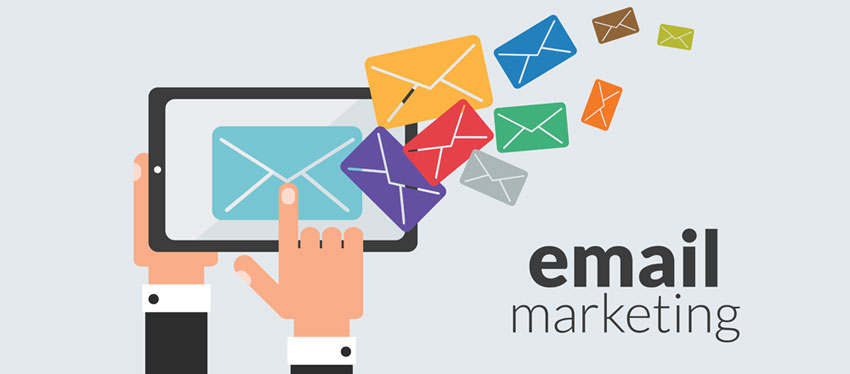
Email has now become an ubiquitous tool for any company to market their wares. Indeed, it is so effective that, according to the Direct Marketing Association, companies will see an average return on investment of $38 for every $1 put into an email marketing campaign. However, it should be noted that for email marketing to be effective, companies need to use the correct approach.
Key Takeaways
- Maximising ROI with Effective Email Marketing: Email marketing is highly effective, offering an average ROI of $38 for every $1 spent. To harness this potential, companies should follow best practices like following up on abandoned carts, cross-selling and up-selling, segmenting email lists, timing emails strategically, and utilizing automation.
- Strategic Approaches to Boost Email Marketing Success: Enhancing email marketing involves several key strategies: sending follow-up emails for abandoned carts, implementing cross-sell and up-sell tactics, segmenting email lists for targeted content, optimising send times, and leveraging automation technologies to personalize and streamline email campaigns.
The following tweaks to your campaigns should provide you with the tools to boost revenue in this way:
1. Follow Up ‘Abandoned’ Carts
According to data from Baymard, a huge 68.81% of online shoppers abandon their carts before completing the checkout process, right at the final step. Although there are many reasons for why this might happen, sending ‘abandoned cart’ emails can be a surprising way to address the problem.
2. Use Email For Cross-selling & Up-selling
Amazon’s recommendation tool is a fantastic example of the way in which cross-selling and up-selling can positively affect business, and every company should use it as a model to aspire towards. Although it is effective during the shopping experience, conversion rates are actually much higher via email. Introduce and follow up on offers in your email campaigns to start seeing results.
3. Break Up Your Email List & Avoid Lumping Customers Into Broad Categories
According to research conducted by Marketing Sherpa, segmenting email subscribers based on interest can improve conversion rates by over 200%. Segmenting by age, gender, interests or site activity are some good places to start.
4. Send Your Emails At An Opportune Time
Sending emails between 10 and 11am has been proven to be an optimum time to boost sales. Furthermore, sending on Mondays in the week and Sundays on the weekend has been shown to have a similar effect. Make sure you consider these kind of factors before sending your email, and make considerations for different time zones.
5. Get Used To Automating Emails
Automation is a great tool for sending out emails when you may not be in the office and for personalising emails. As automation becomes more advanced, it is important you and your business stay on top of it. Some email services are already bringing in artificial intelligence in their email marketing, demonstrating that it really is the future.
Frequently Asked Questions
Why is following up on abandoned carts important in email marketing?
Following up on abandoned carts is crucial because a significant portion of online shoppers (68.81%) abandon their carts before completing the purchase. Sending abandoned cart emails can help recover these potential sales by reminding customers of their intended purchases and encouraging them to complete the transaction.
How can I use email marketing for cross-selling and up-selling?
Email marketing is highly effective for cross-selling and up-selling. By introducing and following up on related product recommendations or special offers through email, you can leverage higher conversion rates compared to during the shopping experience alone. This approach helps increase the average order value and overall sales.
What are the benefits of segmenting my email list and how should I do it?
Segmenting your email list improves conversion rates by over 200%, according to Marketing Sherpa. By dividing your subscribers into smaller groups based on factors like age, gender, interests, or site activity, you can send more targeted and relevant content, which enhances engagement and drives better results from your email campaigns.



